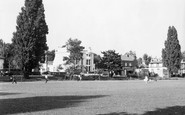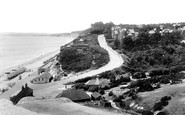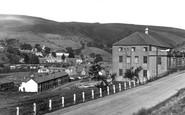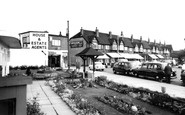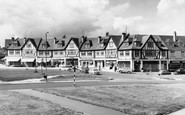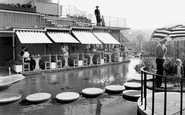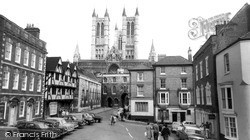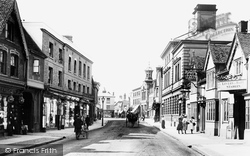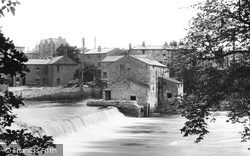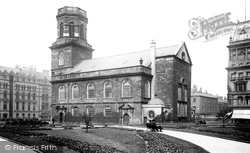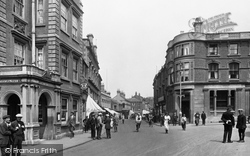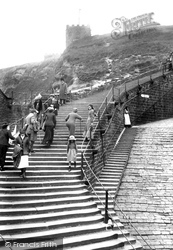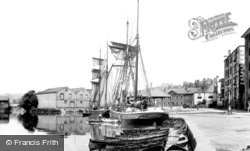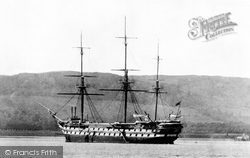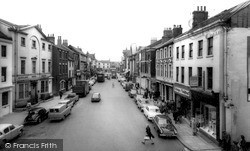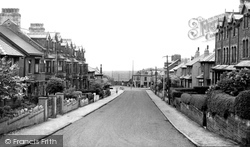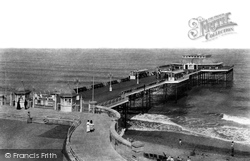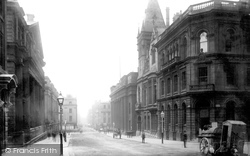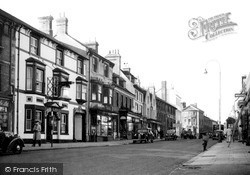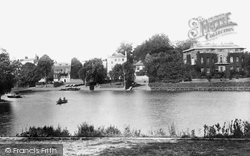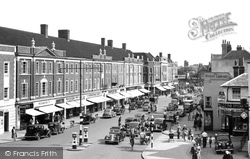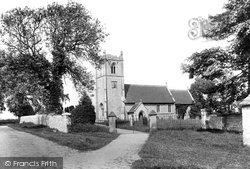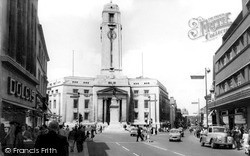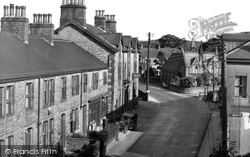Places
36 places found.
Did you mean: downs or doune ?
Those places high-lighted have photos. All locations may have maps, books and memories.
- Bangor, County Down
- Newcastle, County Down
- Greyabbey, County Down
- Donaghadee, County Down
- Downpatrick, County Down
- Portaferry, County Down
- Dromore, County Down
- Downings, Republic of Ireland
- Hillsborough, County Down
- Killyleagh, County Down
- Ardglass, County Down
- Rostrevor, County Down
- Dundrum, County Down
- Newtownards, County Down
- Warrenpoint, County Down
- Ballygowan, County Down
- Ballywalter, County Down
- Ballyward, County Down
- Bishops Court, County Down
- Boardmills, County Down
- Culcavy, County Down
- Katesbridge, County Down
- Killough, County Down
- Millisle, County Down
- Portavogie, County Down
- Saul, County Down
- Seaforde, County Down
- The Diamond, County Down
- Audleystown, County Down
- Kearney, County Down
- Annaclone, County Down
- Ballyhalbert, County Down
- Ballymartin, County Down
- Clare, County Down
- Conlig, County Down
- Dollingstown, County Down
Photos
994 photos found. Showing results 1,801 to 994.
Maps
459 maps found.
Books
Sorry, no books were found that related to your search.
Memories
8,148 memories found. Showing results 901 to 910.
Earl Shilton
My memories are of Earl Shilton and similar to those of Eric Johnson. I started at Earl Shilton Infant School in 1959 and the headmistress was called Mrs Cloe. When I was in her class she would read Brer Rabbit books to us at the ...Read more
A memory of Earl Shilton by
East Ham In The 1960s
In February 1963, when I was six and a half, my parents bought their first house, in Thorpe Road, East Ham. It was and had been a very cold winter, and when we moved in we had difficulty opening the back door, as there was so ...Read more
A memory of East Ham in 1963 by
Living In The Village In The 1950s
How I loved it there! My father, Richard Thomas, was Headmaster from 1952 - 1955 and we lived in the schoolhouse. I used to climb an ivy covered tree in the back garden and look all the way down the road to ...Read more
A memory of Cheswardine in 1953 by
Childhood Days At Rivermead Island
Rivermead Island takes me back to my childhood through the 1960s, I remember the outdoor swimming pool, BRRR! Paddling in the Thames, a real family place to go on summer Sundays, school holidays. My first school ...Read more
A memory of Sunbury in 1965
A Day At Alum Chine In The 1960s
It's a few minutes before 8.30am, and I've just returned with the newspaper for Dad bought from the Riviera Hotel next door. I have to rush downstairs again in time to ring the gong for breakfast - Mr ...Read more
A memory of Westbourne in 1966 by
Miner's Hall,Glyncorrwg
My memories are from the 1950s to the 1970s. My grandparents lived opposite the Miner's Hall for many years. (28 Cymmer Road). My grandfather was a bricklayer in the pit and also the Treasurer for the Miner's Hall. I ...Read more
A memory of Glyncorrwg in 1960
Crescent Way 1963 To 1968
My family lived at 3 Downsway just off Southlands Avenue. I had two older brothers when we arrived and by 1966 I had two more and a sister. My older brothers and I attended Warren Road Primary and I remember many of my ...Read more
A memory of Petts Wood in 1963 by
Crescent Way Orpington Kent 1960 1968
My family lived at 3 Downsway just off Southlands Avenue. I had two older brothers when we arrived and by 1966 I had two more and a sister. My older brothers and I attended Warren Road Primary and I remember ...Read more
A memory of Orpington in 1965 by
Custom Cars And Mrs Beeton!
I lived in Chelsea when Mr. Beeton was still alive and running his bakery on the King's Road. I worked there for a while after leaving college and I feel very privileged to have done so. He dressed like a Victorian ...Read more
A memory of Chelsea in 1975 by
Captions
2,242 captions found. Showing results 2,161 to 2,184.
The famous street Steep Hill, the most aptly named street in England, is down to the right.
This 1903 view looking south down the High Street is full of detail. It seems to have been taken one warm morning - note the open windows, and the summery dresses of the girls on the right.
Behind the disused mill was the Wharfedale Brewery, which supplied many of the town's fifteen taverns. The brewery closed during the First World War, and was then used as billets for troops.
This building was pulled down in the early 1920s.
Meanwhile a butcher's boy cycles down the middle of the High Street, a reminder that delivery to the door was expected in 1922.
It is thought that the church steps were originally built in the early 14th century to enable access to the church from the old town, and at that time the steps were wooden, not stone.
However, Trew came up with a different scheme, one that would overcome expensive dredging operations, and the problems caused by several weirs that had been built down-river.
The 46-gun frigate HMS 'Unicorn', laid down during the Napoleonic Wars, was still building when hostilities ceased.
We are looking from the Town Hall down the grand vista of the largely 18th-century Market Place; it was known as the Shambles in the previous century, and designated for the sale of fresh meat
Station Road led down to the railway station, now long gone.
Cromer did its bit for the First World War by donating the ornate entrance gates for scrap metal - they were melted down and converted into armaments.
This view looks from the top of King Street down towards Cross Street. We can see that the street narrows towards the bottom.
Prior to this, the Old Town Hall (1780), the offices of The Hampshire Post and Pince's School obscured the view of St Peter's from the Square. In 1898 these buildings were pulled down.
The depot of H & G Symonds Ltd (further down the road) was the former North Wilts Brewery.
The grounds were being sold of for development at beginning of the 20th century; Lebanon House was being used for furniture storage when it burnt down in 1909.
The Shoulder of Mutton next door became a butcher's, and was later knocked down to give access to a new development.
The last serious religious troubles in Stafford were the Sectarian Riots of 1715, when a mob of 'lewd fellows of the baser sort' attacked the Presbyterian Chapel with the intention of burning it down
The Downs, like Horton and the common, were now part of London's Green Belt, and no further development would take place on them.
The famous street Steep Hill, the most aptly named street in England, is down to the right.
Stretching down from the north side of town towards the coble landing, Filey is still a mixture of a fishing village and a Victorian resort.
In 1879 the prince's stand burnt down, and was replaced on a larger scale, with a tower at the rear.
The pretty village of Thorp Arch with its green, Manor House and old mill leads down to the banks of the Wharfe, with the bridge (1772) carrying the road to Boston Spa.
The clean forceful lines of the neo- classical new town hall were in marked contrast to its rather sedate and friendly looking predecessor, built by the Luton architects John Williams & Sons
The cattle auction mart further down Gisburn Road closed in 1990.
Places (198)
Photos (994)
Memories (8148)
Books (0)
Maps (459)

